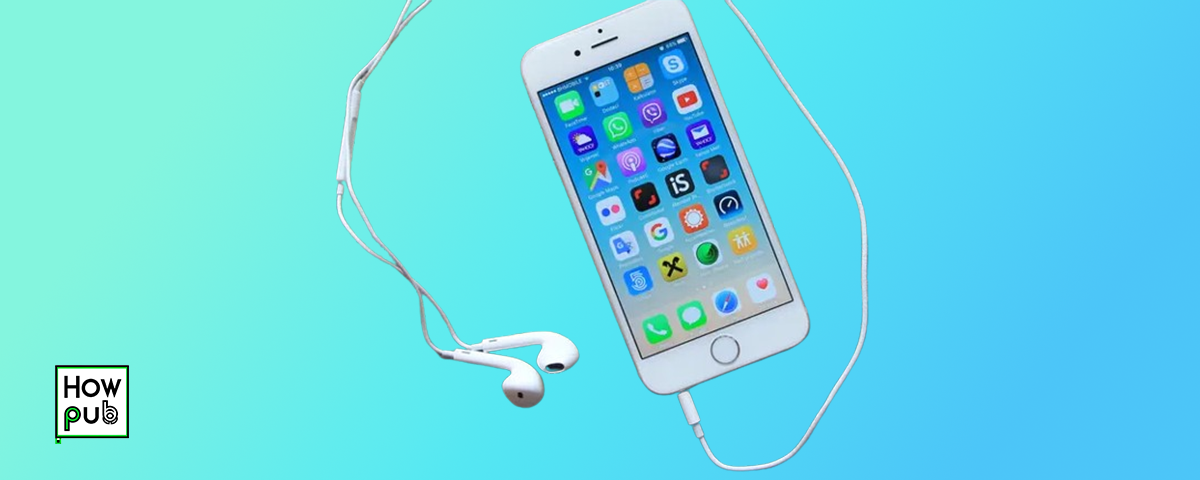Introduction
Your iPhone is not only a powerful communication tool but also a great device for enjoying music, podcasts, videos, and more. To get the most out of your iPhone’s audio capabilities, it’s important to know how to optimize settings and use the right accessories. This guide will walk you through essential tips and tricks for enhancing your iPhone’s audio experience, ensuring that you enjoy the best possible sound quality.
Step 1: Adjusting the EQ Settings
The iPhone’s built-in equalizer (EQ) allows you to customize the sound profile according to your preferences or the type of music you’re listening to.
How to Adjust the EQ Settings on Your iPhone
-
Open the Settings App:
- Tap the Settings icon on your iPhone’s Home screen.
-
Navigate to Music:
- Scroll down and tap on Music.
-
Tap on EQ:
- In the Music settings, tap EQ to access the equalizer settings.
-
Choose an EQ Preset:
- You’ll see a list of EQ presets, such as Bass Booster, Treble Booster, Vocal Booster, and more. Select the one that best suits your audio preferences or the genre of music you’re listening to. For example, if you enjoy bass-heavy music, choose Bass Booster.
-
Test and Adjust:
- Play some music or a podcast and listen to how the sound changes with different EQ presets. Adjust as needed to find the setting that offers the best sound quality for your ears.
For a hands-free experience when adjusting settings or controlling music playback, explore how you can enhance your iPhone usage with Siri voice controls, giving you more control over your audio preferences without even touching your device.
Step 2: Optimizing Audio Settings for Headphones
If you frequently use headphones with your iPhone, there are specific settings that can enhance your listening experience.
How to Optimize Headphone Audio Settings
-
Enable Headphone Accommodations:
- Go to Settings > Accessibility > Audio/Visual > Headphone Accommodations. Toggle the switch to On.
-
Customize Audio for Your Headphones:
- You can customize the audio output for different types of content, such as Balanced Tone, Vocal Range, or Brightness. Experiment with these settings to find the one that enhances your listening experience.
-
Use Transparency Mode with AirPods Pro:
- If you use AirPods Pro, you can enable Transparency Mode, which lets you hear your surroundings while still enjoying your music. Go to Settings > Bluetooth, tap the i next to your AirPods Pro, and toggle on Transparency Mode.
-
Adjust the Volume Limit:
- To protect your hearing, you can set a maximum volume limit. Go to Settings > Music > Volume Limit and adjust the slider to your preferred maximum volume.
For additional precision and utility, you can also utilize the iPhone's level tool to enhance your experience in various practical scenarios, especially when setting up your devices or ensuring balanced audio environments.
Step 3: Using High-Quality Audio Accessories
Using high-quality headphones, earphones, or external speakers can significantly improve your iPhone’s audio output.
Recommended Audio Accessories
-
Wireless Headphones (AirPods, AirPods Pro, or Beats):
- Apple’s wireless headphones are designed to work seamlessly with the iPhone, providing excellent sound quality, ease of use, and features like automatic pairing and spatial audio.
-
Wired Headphones with DAC (Digital-to-Analog Converter):
- For audiophiles, using wired headphones with a high-quality DAC can offer superior sound quality compared to Bluetooth headphones. Look for headphones with a built-in DAC or use an external DAC with your iPhone.
-
Bluetooth Speakers:
- Portable Bluetooth speakers, like the Bose SoundLink or JBL Charge, can enhance your audio experience when listening to music or watching videos at home or on the go.
-
External DAC/Amplifier:
- An external DAC and amplifier, like the Fiio BTR5 or AudioQuest DragonFly, can dramatically improve the audio quality when using wired headphones with your iPhone.
To further enhance your audio experience, it's essential to manage your device's storage efficiently, ensuring smooth playback and performance. Learn how to manage and delete photos on iPhone to free up space and optimize your device for top-tier audio enjoyment.
Step 4: Improving Sound Quality in Noisy Environments
Background noise can interfere with your audio experience, especially in noisy environments like public transportation or busy streets.
Tips for Better Sound in Noisy Environments
-
Use Noise-Canceling Headphones:
- Invest in noise-canceling headphones like the AirPods Pro or Sony WH-1000XM4. These headphones reduce ambient noise, allowing you to focus on your audio content without distraction.
-
Enable Noise Cancellation on AirPods Pro:
- If you have AirPods Pro, activate Noise Cancellation by pressing and holding the force sensor on the stem of one of your AirPods, or by going to Control Center on your iPhone and selecting the Noise Cancellation icon.
-
Adjust Background Sounds:
- Go to Settings > Accessibility > Audio/Visual > Background Sounds. You can turn on background sounds like white noise or rain sounds, which help mask environmental noise and enhance focus.
-
Increase Volume Safely:
- If needed, increase the volume, but do so within safe listening levels to protect your hearing. Using a volume booster app can help enhance the volume without distorting the sound.
To enhance your overall experience, it's important to also optimize your FaceTime calls, especially in noisy environments. Learn how to use FaceTime like a pro for clear communication and better video⬤
Step 5: Enhancing Audio for Video Playback
Watching videos or streaming movies on your iPhone can be more enjoyable with optimized sound settings.
How to Enhance Audio for Video Playback
-
Enable Spatial Audio:
- If you’re using AirPods Pro or AirPods Max, enable Spatial Audio for an immersive surround sound experience. Go to Settings > Bluetooth, tap the i next to your AirPods, and turn on Spatial Audio.
-
Use Stereo Widening:
- Some apps and settings allow you to enhance the stereo effect for a more immersive experience. Check your video app’s settings for options like stereo widening or surround sound simulation.
-
Optimize Sound for Dialogue:
- If you’re watching a movie or show with lots of dialogue, use the EQ setting Vocal Booster to make speech clearer. Go to Settings > Music > EQ and select Vocal Booster.
-
Connect to an External Speaker:
- For a more cinematic experience, connect your iPhone to an external speaker or home theater system via Bluetooth or AirPlay.
Enhancing the audio experience for video playback is crucial for an immersive experience. For music enthusiasts, managing playlists and streaming efficiently can further enhance your listening experience. Check out how to manage playlists and streaming on iPhone to optimize your music and video playback experience.
Step 6: Maintaining Your Audio Hardware
Regular maintenance of your headphones, earphones, and speakers ensures they continue to deliver high-quality sound.
How to Maintain Your Audio Hardware
-
Clean Your Headphones and Earbuds:
- Regularly clean your headphones and earbuds to remove earwax, dirt, and debris. Use a soft cloth or a brush specifically designed for electronics. Avoid using liquids that could damage the internal components.
-
Store Your Audio Devices Properly:
- When not in use, store your headphones and earbuds in a protective case to prevent damage. Avoid wrapping cables too tightly, as this can cause them to wear out faster.
-
Check for Firmware Updates:
- For wireless headphones and speakers, check for firmware updates from the manufacturer. These updates can improve sound quality and add new features. You can usually update firmware through the manufacturer’s app on your iPhone.
-
Inspect for Wear and Tear:
- Regularly inspect your audio accessories for signs of wear and tear, such as frayed cables or loose connections. Replace any damaged parts to maintain optimal audio performance.
To further improve your iPhone experience, mastering gestures and navigation can make using your device more efficient. Check out this iPhone gestures and navigation guide to enhance your usability alongside your optimized audio setup.
Conclusion
Enhancing your iPhone’s audio experience involves a combination of optimizing settings, using high-quality accessories, and maintaining your audio hardware. By following these tips, you can enjoy better sound quality whether you’re listening to music, watching videos, or making calls. Take the time to adjust your iPhone’s audio settings to suit your preferences and invest in good audio equipment to make the most of your device’s capabilities.



